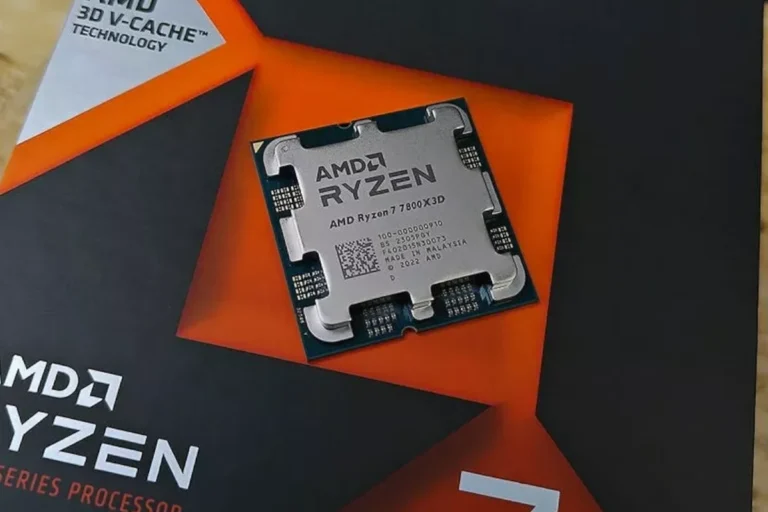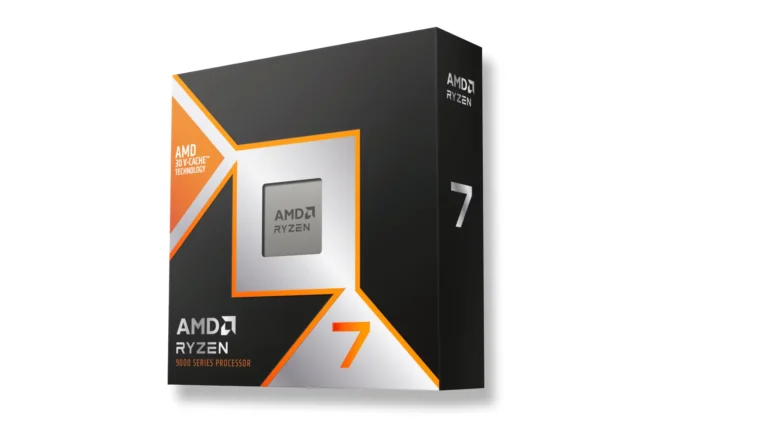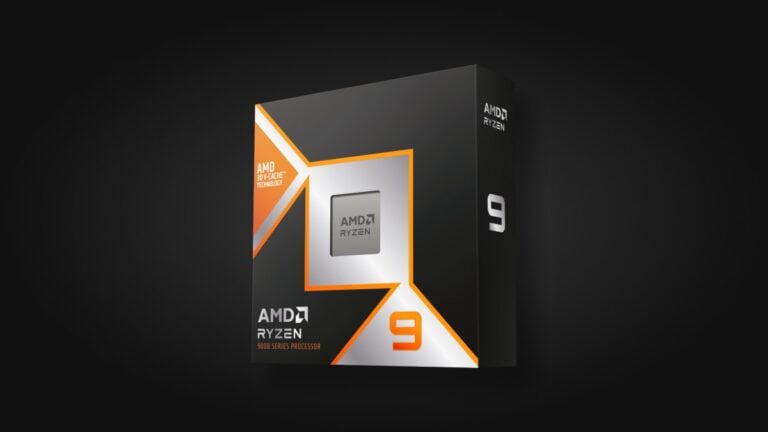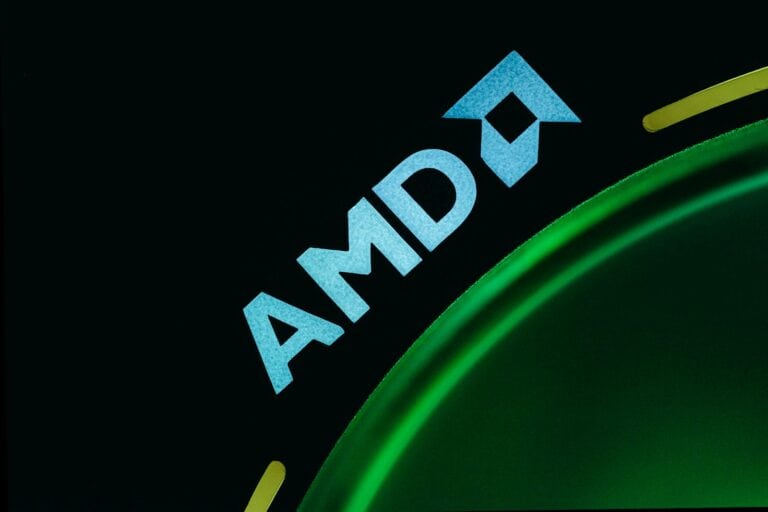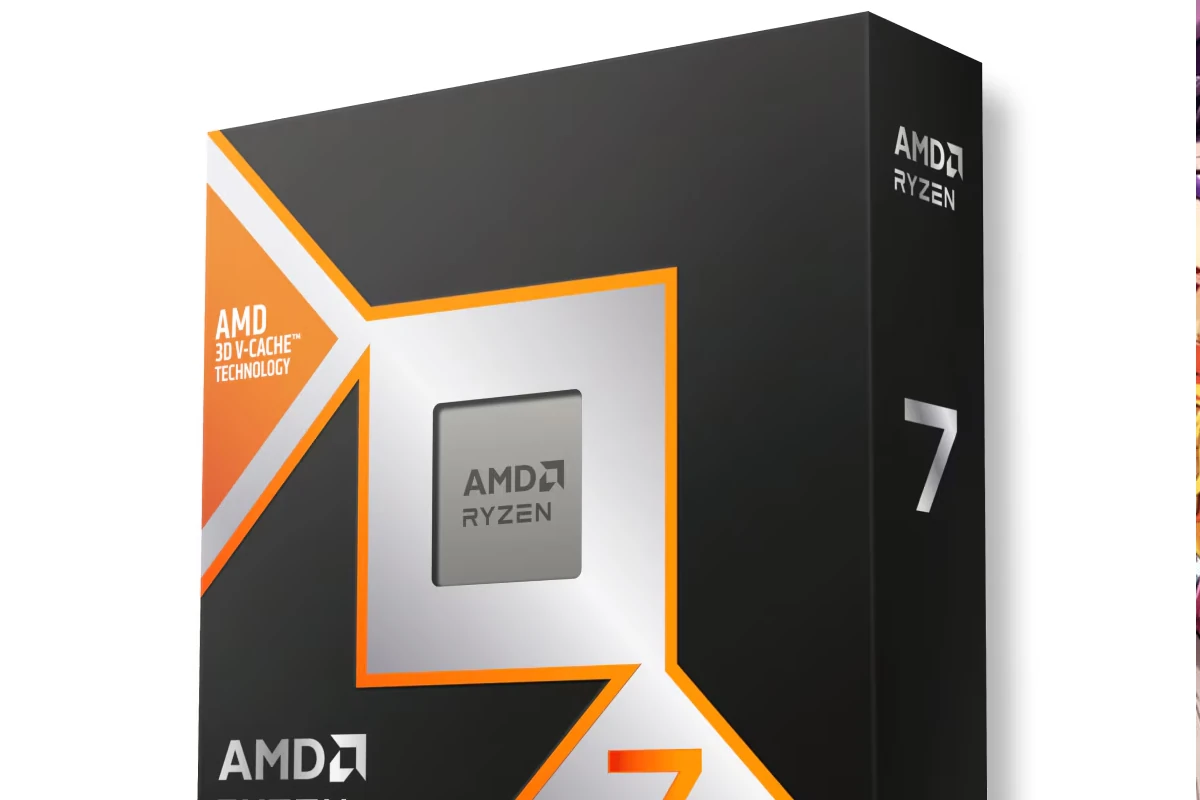
AMD has made significant strides in the desktop CPU market, increasing its share from 19.2% to 28.7% over the past year. This 9.6% increase marks the largest quarterly growth for AMD in at least a decade. In the mobile CPU segment, the progress has been slower but still positive, rising from 19.5% to 22.3% during the same period. This growth occurs just before the release of the AMD Ryzen 7 9800X3D, which has been hailed as the best gaming CPU ever released and has generated a lot of excitement in the gaming community. In contrast, Intel’s 15th-generation launch has received a lukewarm response.
Overall, it appears that AMD will continue to grow its market share. While Intel still holds a dominant position with over 70% market share, it faces increasing competition from AMD. Since the introduction of Ryzen CPUs in 2017, AMD has consistently grown its market presence, steadily eroding Intel’s dominance. The recent surge in market share coincides with reports of issues affecting Intel’s 13th and 14th generation processors, which may be impacting consumer confidence and sales.
AMD Surges: A 10% Leap in CPU Market Share Shakes Up the Industry
AMD has made significant strides in the CPU market, capturing a 10% increase in market share over the past year. This surge comes at the expense of Intel, which has faced challenges maintaining its dominance in the face of AMD’s competitive Ryzen processors. Let’s examine the factors driving AMD’s success and the implications for the CPU landscape.
AMD’s Rise: Performance and Value
AMD’s resurgence can be attributed to several key factors:
- Ryzen Processors: AMD’s Ryzen processors, built on the Zen architecture, have delivered impressive performance, often rivaling or exceeding Intel’s offerings in various benchmarks and real-world applications.
- Competitive Pricing: AMD has consistently offered its CPUs at competitive prices, providing excellent value for consumers, particularly in the mid-range and budget segments.
- Technological Advancements: AMD has been at the forefront of technological advancements, such as chiplet design and the adoption of new manufacturing processes, allowing it to deliver innovative and efficient products.
- Strong Product Stack: AMD has cultivated a diverse product stack, catering to various needs and budgets, from entry-level CPUs to high-end processors for enthusiasts and gamers.
Intel’s Challenges
While Intel remains a major player in the CPU market, it has faced several challenges that have contributed to its market share decline:
- Manufacturing Delays: Intel has experienced delays in transitioning to smaller manufacturing nodes, impacting its ability to deliver cutting-edge products on time.
- Security Vulnerabilities: Security vulnerabilities like Spectre and Meltdown, which affected Intel processors, have raised concerns about performance and security.
- Competitive Pressure: AMD’s competitive offerings have put pressure on Intel to innovate and adjust its pricing strategies.
The Impact on Consumers
The increased competition between AMD and Intel has positive implications for consumers:
- More Choices: Consumers have a wider range of CPU options to choose from, with varying performance levels and price points.
- Better Value: Competition drives down prices and encourages innovation, leading to better value for consumers.
- Faster Innovation: Both AMD and Intel are incentivized to push the boundaries of CPU technology, resulting in faster advancements and improved performance.
The Future of the CPU Market
The CPU market is dynamic and constantly evolving. AMD’s recent gains demonstrate its ability to challenge Intel’s dominance. The competition between these two giants is likely to intensify, driving further innovation and benefiting consumers with better products and more choices.
Here’s a table summarizing AMD’s market share growth and its impact:
| Aspect | Details |
|---|---|
| Market Share Gain | AMD’s CPU market share has increased by 10% in the past year. |
| Reasons for Growth | Ryzen processors’ performance, competitive pricing, technological advancements, strong product stack |
| Impact on Intel | Intel has faced market share loss due to manufacturing delays, security vulnerabilities, and competitive pressure. |
| Benefits for Consumers | More choices, better value, faster innovation |
Key Takeaways
- AMD’s desktop CPU market share has increased by 9.6% in one year
- Intel still holds over 70% of the market despite AMD’s gains
- Recent processor issues may be affecting Intel’s market position
Gaming Hardware Market Shifts and Latest Releases
The CPU market has seen a significant shift in the past year, with AMD gaining considerable ground on its rival, Intel. This surge in AMD’s market share can be attributed to a combination of factors, including the performance of its Ryzen processors, competitive pricing, and technological advancements. This article examines the reasons behind AMD’s success, the challenges faced by Intel, and the positive impact this competition has on consumers.
AMD’s desktop CPU market share has grown significantly, reaching 28.7% in recent reports. This represents a substantial increase from 19.2% a year ago. The company’s gains have come at Intel’s expense, highlighting the ongoing competition between the two processor giants.
Intel faces challenges in the desktop CPU market. The company’s new Arrow Lake processors have not met expectations. This disappoints many gamers and enthusiasts who were hoping for more impressive performance gains.
AMD’s Ryzen and EPYC processors continue to gain traction. The Ryzen 7000 series, featuring 3D V-Cache technology, has proven popular among gamers seeking high-performance CPUs. In the server market, AMD’s 4th Gen EPYC processors are making inroads against Intel’s offerings.
The mobile CPU market remains competitive. Intel’s Lunar Lake processors show promise in thin-and-light laptops, offering excellent power efficiency. However, these chips face profitability challenges due to manufacturing costs and integrated DDR5 memory.
Looking ahead, Intel plans to address these issues with its upcoming Panther Lake mobile CPUs. These processors will use more in-house silicon and forgo integrated memory. This strategy aims to improve profit margins and competitiveness in the laptop market.
For gamers, these market shifts may lead to more choices and potentially better value. As AMD and Intel vie for market share, consumers could benefit from increased innovation and competitive pricing.
Key hardware deals to watch:
- AMD Ryzen 7 9800X3D: High demand led to quick sell-outs of this gaming-focused CPU
- Intel Arrow Lake CPUs: Despite underwhelming performance, discounts may appear as retailers adjust inventory
- Laptops with Lunar Lake processors: Keep an eye out for sales on efficient, thin-and-light gaming notebooks
Upcoming releases to anticipate:
- Intel Panther Lake mobile CPUs (expected 2025)
- AMD’s next-gen mobile processors (timeline TBA)
- Intel Nova Lake desktop CPUs (projected for 2026)
These upcoming launches may reshape the CPU landscape for both desktop and mobile gaming. Savvy consumers should monitor benchmarks and reviews to make informed purchasing decisions as new hardware hits the market.
Common Questions About AMD’s CPU Market Share
AMD’s Desktop CPU Market Share Growth
AMD has seen a significant increase in its desktop CPU market share over the past year. The company’s share jumped from around 19% to nearly 29%, marking a substantial gain of approximately 10 percentage points.
Factors Behind AMD’s Market Share Shift
Several factors have contributed to AMD’s increased market share:
- Competitive product offerings
- Improved performance in key applications
- Attractive pricing strategies
- Supply chain management
- Innovation in chip design
These elements have helped AMD appeal to both consumers and businesses, leading to greater adoption of their CPUs.
AMD CPU Issue Impact on Market Position
No significant CPU crashing issues have been reported for AMD that would negatively impact its market position. The company’s growth trajectory suggests that any technical challenges have been minimal or well-managed.
Intel’s Response to AMD’s Market Share Gains
Intel has taken several steps to counter AMD’s growth:
- Accelerated product development cycles
- Increased focus on performance improvements
- Competitive pricing adjustments
- Enhanced marketing efforts
- Investments in new manufacturing technologies
These actions aim to maintain Intel’s competitiveness in the desktop CPU market.
AMD CPU Price Increases and Market Share
AMD’s growing market share has likely influenced its pricing strategy. As demand for AMD processors has increased, the company may have adjusted prices upward. This can be seen as a reflection of AMD’s stronger market position and perceived value.
Predictions for AMD’s Future Market Share
Analysts expect AMD to continue gaining market share in the desktop CPU sector. Projections suggest:
- Steady growth over the next 1-2 years
- Potential for reaching 30-35% market share
- Continued competition with Intel driving innovation
These predictions are based on current trends and AMD’s product roadmap, but market dynamics can change rapidly in the tech sector.

